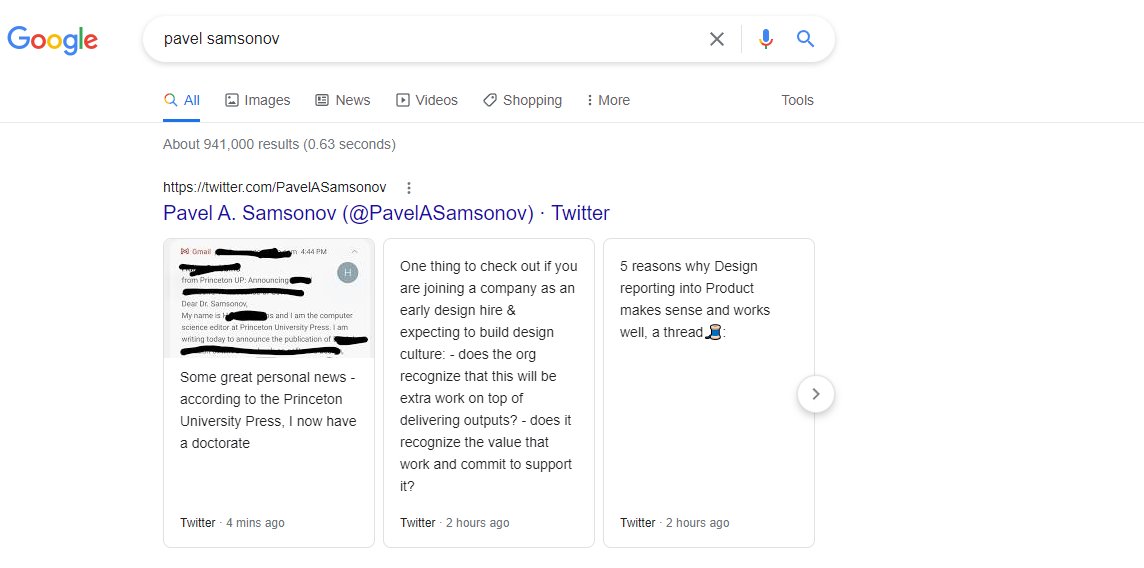
Design artifacts represent one of two states:
-Imminently achievable
-Product north star
This has implications on:
-Thinking about the design
-Presenting the design
-Getting feedback on the design
1/thread
-Imminently achievable
-Product north star
This has implications on:
-Thinking about the design
-Presenting the design
-Getting feedback on the design
1/thread
The product north star is ambitious and visionary. If you are fresh out of design school, you know how to make one of these because every school project is one.
The product north star will never reach prod.
Well, not never. But it's only 10% of the way there (at best).
2/
The product north star will never reach prod.
Well, not never. But it's only 10% of the way there (at best).
2/
The product north star is a great catalyst for conversations, though. You can make vertical slice prototypes, showing stakeholders and users how the end-to-end experience could be. They'll love it. They'll demand to start developing it.
The worst thing you can do is agree.
3/
The worst thing you can do is agree.
3/
As soon as you agree, you'll have to start showing it to implementation-focused stakeholders (usually the engineering org). And they will be outraged - what is this giant thing? It doesn't match the backend at all! Why were we not consulted? Panic and resentment sets in.
4/
4/
If you agree to start implementing all/part of the north star, you are practicing Big Design Up Front, which is Waterfall and fragile. To avoid the temptation, don't make it high fidelity.
Leave it at 30% done. Ask for only "30% done" feedback
5/
42floors.com/blog/startups/…
Leave it at 30% done. Ask for only "30% done" feedback
5/
42floors.com/blog/startups/…
That way you can approach implementers as stakeholders with something that is clearly not done, but has preliminary validation as desirable (to the customer and the business). Now you start figuring out if it's doable, and chunking it into stories or whatever.
6/
6/
"But," I hear you say, "isn't that wasted work? Let's start from small, buildable pieces, and follow the build-release-measure loop."
You can't iterate your way to a good design. Without a vision to guide all stakeholders (including developers) can only find a local maximum.
7/
You can't iterate your way to a good design. Without a vision to guide all stakeholders (including developers) can only find a local maximum.
7/
Products are a three-legged stool: desirable, profitable, achievable. Designers own "desirable." If they start from "achievable" then one leg is missing and the stool falls over.
And industry designers (sans context) will look at your portfolio and think you lack ambition.
8/
And industry designers (sans context) will look at your portfolio and think you lack ambition.
8/
*Some* amount of Big Design Up Front is necessary. It can be low fidelity! It can be lean! It doesn't have to be a 30-page document with hifi SVG animations and a design system.
But until you have a meaningful hypothesis to validate, building more iterations won't pay off.
9/
But until you have a meaningful hypothesis to validate, building more iterations won't pay off.
9/
If you have a north star vision that you've communicated to the team, you have created a context for your buildable increments. Everyone understands the value & where it fits into the system. After shipping it, measuring it tells you important things about the north star.
10/
10/

The north star also serves as a great document of initial assumptions and requirements. Slam that straight into your portfolio, and then talk about discoveries and challenges along the way as you implemented the pieces. Prove that you're not just downstream from prod/eng.
11/11
11/11
P.S. The value of the north star design is in the conversations. If you're not having the conversations, it has no value. If you never design deliverable increments based on it, it has no value. Don't put it in your portfolio - it's empty calories.
• • •
Missing some Tweet in this thread? You can try to
force a refresh





